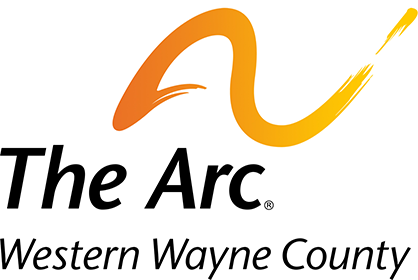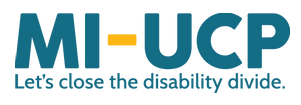Helpline Resource
Online and Automated Telephone Service
What is Cerebral Palsy?
Cerebral palsy is a term used to describe a group of chronic conditions affecting body movement and muscle coordination. It is caused by damage to one or more specific areas of the brain, usually occurring before, during or shortly following birth, or during infancy. Cerebral refers to the brain and palsy to muscle weakness or poor control. Cerebral palsy itself does not get worse. However, secondary conditions can develop which may get better over time, get worse, or remain the same.
Cerebral palsy is characterized by an inability to fully control motor function, particularly muscle control and coordination. A large number of factors which can injure the developing brain may produce cerebral palsy. One major cause is an insufficient amount of oxygen reaching the fetal or newborn brain. The oxygen supply can be interrupted by premature separation of the placenta from the wall of the uterus, awkward birth position of the baby, labor that is too long or too abrupt, or interference with circulation in the umbilical cord. Most causes of cerebral palsy are related to the development and childbearing processes.
It is estimated that some 500,000 children and adults in the United States have one or more of the symptoms of cerebral palsy. Currently about 5,000 babies and infants are diagnosed with the condition each year. In addition, some 1,200 to 1,500 preschool age children annually are recognized to have cerebral palsy.
If you would like more information about cerebral palsy, contact United Cerebral Palsy of Metro Detroit at 248-557-5070, or visit them online at MI-UCP | Disability Nonprofit | Michigan (ucpmichigan.org)
Phone code: 1705
Cerebral palsy is characterized by an inability to fully control motor function, particularly muscle control and coordination. A large number of factors which can injure the developing brain may produce cerebral palsy. One major cause is an insufficient amount of oxygen reaching the fetal or newborn brain. The oxygen supply can be interrupted by premature separation of the placenta from the wall of the uterus, awkward birth position of the baby, labor that is too long or too abrupt, or interference with circulation in the umbilical cord. Most causes of cerebral palsy are related to the development and childbearing processes.
It is estimated that some 500,000 children and adults in the United States have one or more of the symptoms of cerebral palsy. Currently about 5,000 babies and infants are diagnosed with the condition each year. In addition, some 1,200 to 1,500 preschool age children annually are recognized to have cerebral palsy.
If you would like more information about cerebral palsy, contact United Cerebral Palsy of Metro Detroit at 248-557-5070, or visit them online at MI-UCP | Disability Nonprofit | Michigan (ucpmichigan.org)
Phone code: 1705


